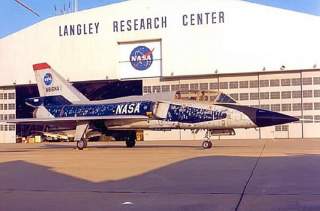This NASA F-106B Plane Was Struck By Lightning 714 Times
An amazing story.
The interesting photo in this post features F-106B 57-2516, known as NASA 816 Lightening Strike Burns.
As JP Santiago explains in an interesting article appeared on his website Tails Through Time, after this F-106B flew as N616NA for NASA’s Lewis Research Center in Cleveland for several years in supersonic transport-related studies, it was transferred to Langley Research Center and renumbered N816NA for a role it would serve for nearly six years starting in January 1979. N816NA in fact joined NASA’s Storm Hazards Program to study the effects of lightning strikes on aircraft.
As told by Bill Yenne in his book Convair Deltas: From SeaDart to Hustler, the program began the previous year in 1978 using De Havilland DHC-6 Twin Otter aircraft that would fly on the fringes of thunderstorms gathering lightning data to be used in planning the penetration flights of N816NA. The modified Delta Dart would be flown into thunderstorms to trigger lightning strikes. Mainly operating off the coast of Virginia and at various locations in the US Midwest, the Delta Dart would fly as low as 3,500 feet up to as high as 50,000 feet on its penetration flights. In its time with the Storm Hazards Program, N816NA made 1,496 thunderstorm penetrations and was struck by lightning 714 times. In a single flight in 1984 it was struck 72 times in the space of only 45 minutes while penetrating a thunderstorm at 38,000 feet!
The data collected during the course of the program proved to be extremely valuable to both commercial and military aviation and represented a significant step in aviation safety.
This first appeared in Aviation Geek Club here.

